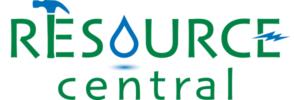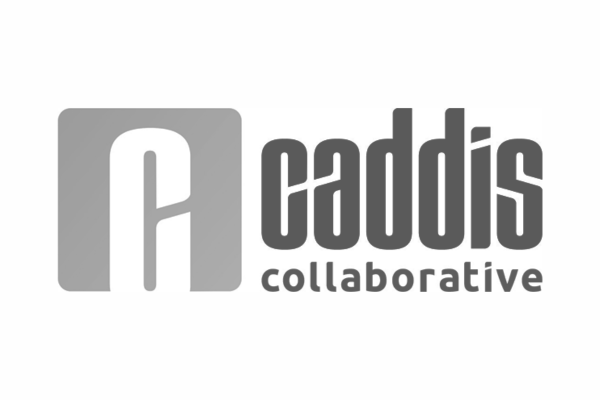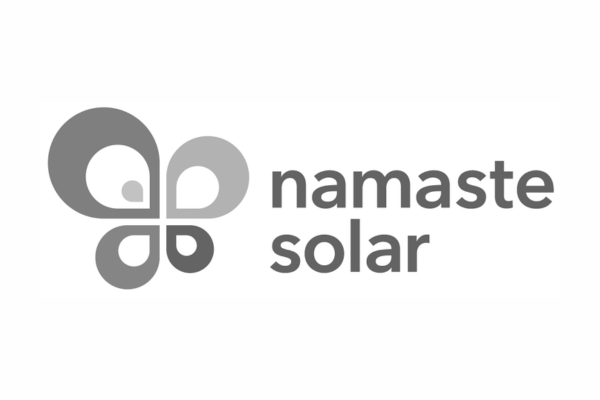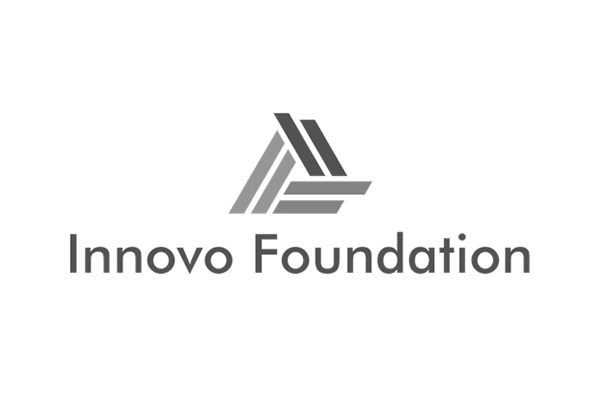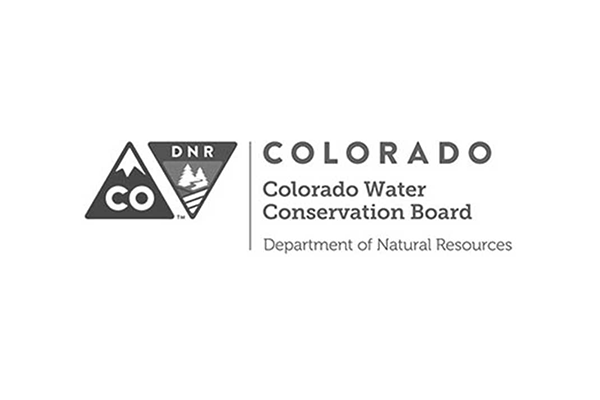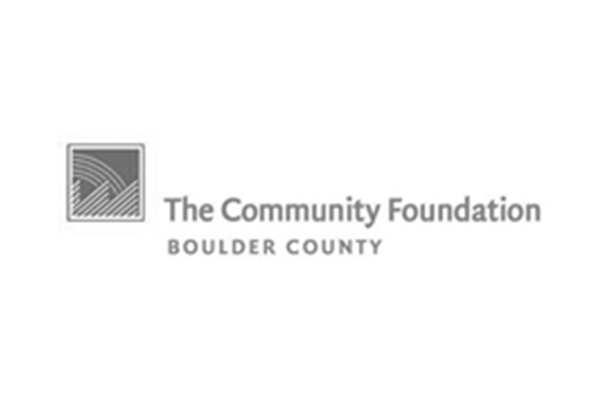Ali of Resource Central’s Garden In A Box program sat down with Ashley White of the Butterfly Pavilion and designer of the Butterfly Haven Garden In A Box to chat about her 2025 garden design and answer our questions about gardening for pollinators. Ashley has worked on the horticulture team at Butterfly Pavilion for about eight years. She started as an intern, working with the tropical plant collections and slowly realized that her love was more so in Colorado native ecosystems and specifically, our incredible prairie plants.

Plant Choice and Pollinators
Ali – Thanks for chatting with us, Ashley! Your Garden In A Box design, Butterfly Haven, is complete with 30 plants that in addition to being native to Colorado, support a wide variety of Colorado pollinators of all shapes and sizes. What was your thought process and intention behind designing the garden?
Ashley – I first wanted to mention that I’m excited about this project because I got started gardening through Garden In A Box! It was a number of years ago now but it serves as the basis for my huge garden now. It’s such a great first step into gardening and specifically, gardening for pollinators.
When people think about gardening for pollinators, they often think of food for adult butterflies. And that’s so incredibly important, but there’s a lot of other important considerations. Flowers provide resources for our adult butterflies in the form of nectar, but we also need to be thinking about baby butterflies and other baby bugs.
This includes thinking about what’s feeding the babies, and where they are roosting, breeding, and hiding from the elements. And so in designing this garden, I was trying to think a little bit farther outside of just those foraging resources for our adult pollinators.
Ali – I remember when we were talking about the design, you were really interested in including a shrub, which ended up being the native rabbitbrush. Could you talk a little bit about that plant specifically and why it’s important to have a shrub in a design for pollinators?
Ashley – Shrubs provide crucial landscape consistently throughout the seasons, that herbaceous perennials which are a little bit softer, and could be things you think about cutting back at a certain point in the season for new growth, don’t always provide. But shrubs provide the resources of shelter and safety. Rabbitbrush in particular, also flowers like crazy super, super late into the season providing resources for our pollinators well into the fall. It’s probably one of my favorite plants!

Planting for Pollinators
Ali – All Garden In A Box kits come with Plant by Number maps along with the plants themselves. Your Butterfly Haven design, using the same 30 plants, has two maps, one that covers 100 square feet and another, 75 square feet. What are the benefits of planting perennials close together?
Ashley – The primary consideration is resource use, and first up is water. Hand-watering or overhead watering plants in a space that has a lot of area between plants is not a very effective use of water. This also requires adding more mulch to help maintain moisture, control temperature, and mitigate weeds. On the flip side, the closer the plants are, less mulch is needed, fewer weeds pop up, and you’ll water less.
Additionally, pollination is more effective when plant species are closer together. It’s common to think of pollinators popping from one plant to another, but it’s important to remember that pollination only occurs when they move from one species to another of the same species. And our pollinators are itty bitty and oftentimes don’t have a ton of energy, so moving from one plant to another is quite a task. The closer we can clump plants together, the more we’re helping our creatures effectively pollinate.
Ali – So what are some other gardening practices folks can employ to help support pollinators further?
Ashley – It’s important to understand that if you’re gardening for pollinators, your garden is a habitat, it’s its own little ecosystem. It starts with the fact that your soil is alive. So your garden’s tiniest members are the microorganisms in your soil. At the other end, in terms of size, if you’re supporting prey species in your garden there’s a chance you’ll see some predators. For example, if you’re supporting baby pollinators, you’re going to see caterpillars, which also means signs of chewing on your leaves. Because of this, your maintenance practices should always support those wild things, not just a brightly colored flower or butterfly. This can include weed suppression methods, garden clean up practices, and much more.

Upcoming Waterwise Yard Seminar: Pollinator Minded Fall and Winer Garden Care
Ali – That is a perfect segue because you’re also presenting a Waterwise Yard Seminar with us in August titled “Pollinator Minded Fall and Winter Garden Care”. What can we expect to learn during that seminar?
Ashley – Broadly, the idea is to combat the thought that we need to sterilize our gardens at the end of the season by cutting everything back once the growth on the top of the soil is done. In reality, things are still living and eventually need to overwinter and hibernate. What’s great is that a lot of the advice on how best to support this is by not doing much of anything. But there are special ways to do not much of anything, which you can join the webinar to learn more about!
Ali – Lastly, are there any ways folks interested in learning more about pollinators can engage with your work at the Butterfly Pavilion?
Ashley – We host a number of educational programs here at BP for adults, many that focus on community science and ways to directly get involved in conservation, hands-on!; Urban Prairies Project, our habitat restoration and community wellness program, and Colorado Butterfly Monitoring network, to name two that focus heavily on pollinators!
Interested in grabbing a Butterfly Haven garden for your yard? Gardens will be available for purchase online starting June 18 for pick up across Colorado in August and September! Join our interest list to be the first to know when gardens are available.
